No other round has made as much splash at PRS events of late as has the 6mm GT.
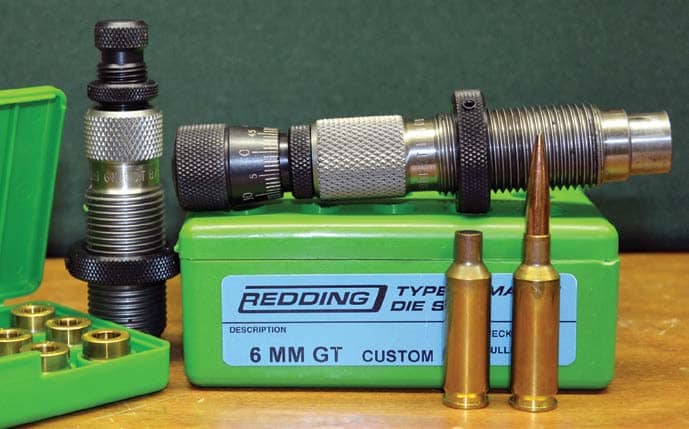
While it’s only been commercially available for a little over two years, the accuracy and improved feeding capabilities of the 6mm GT have made it so two years is all it took to firmly stake its claim in the world of competitive shooting.
But just what is 6mm GT? Where did it come from? What are its advantages?
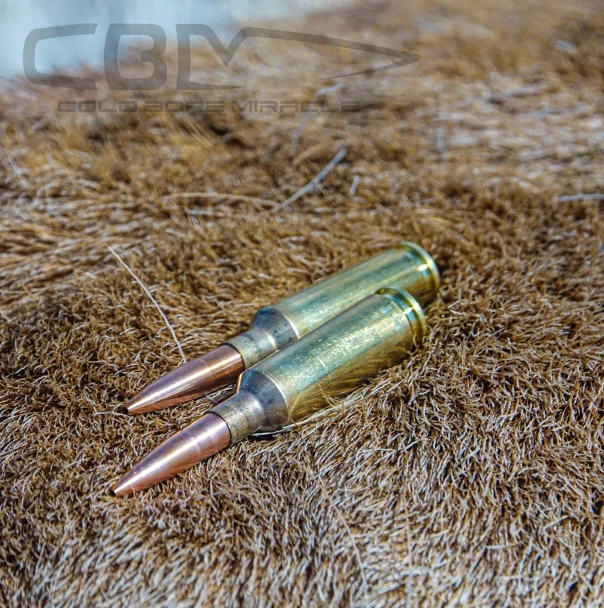
Well, to better understand these questions, we need to start from the source:
Table of Contents
Loading...
What is GA Precision?
Whether you are a PRS shooter, a SWAT sniper, or a US Army soldier, if you are looking for the best rifle for the job, you turn to GA Precision.

See the trend here?
GA Precision makes some of the most top-notch rifles you can find anywhere on American soil. It’s there in Missouri that owner George Gardner calls home. If he’s not in the shop working on the latest design for his newest rifle, he can be found hunting or competing in PRS events.
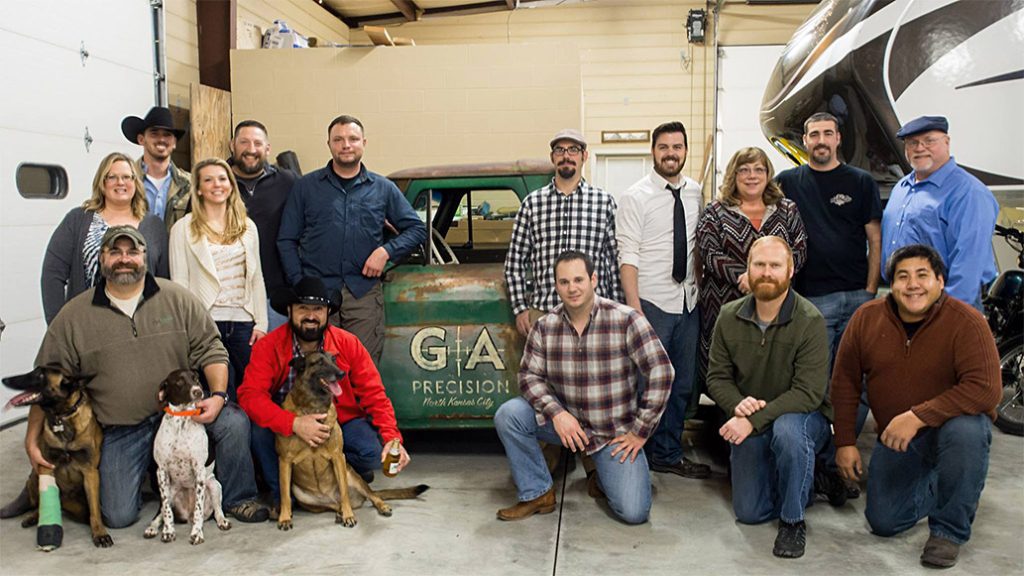
It is this intimate knowledge of the world of riflery that led him to wish for a round that could perform better than the 6BR.
And for Gardner, when there’s a problem, a solution isn’t too far behind.
George Gardner’s Brain Gives Birth
To get the details of how the 6mm GT was created, I gave Gardner a call and asked just how he came up with the ideas for a round that has been performing so well.

He said it started when he and his friend and business partner Tom Jacobs — renowned long-range shooter and creator of Vapor Trail bullets. They were discussing what they wished was available for their PRS events.
The two of them hang out a lot together, George said, and were jointly “complaining about different cartridges and their failures.”
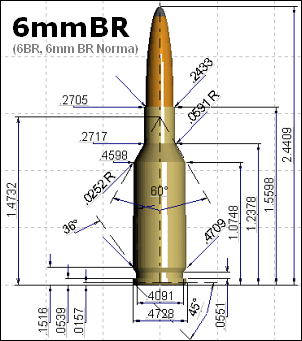
They had both grown frustrated with how 6BR feeds through a magazine and had noted that PRS shooters using it were constantly fiddling with their magazines at competitions.
When you’re at an event where you’re racing against the clock, a failure to feed can easily spell the difference between winning and losing.
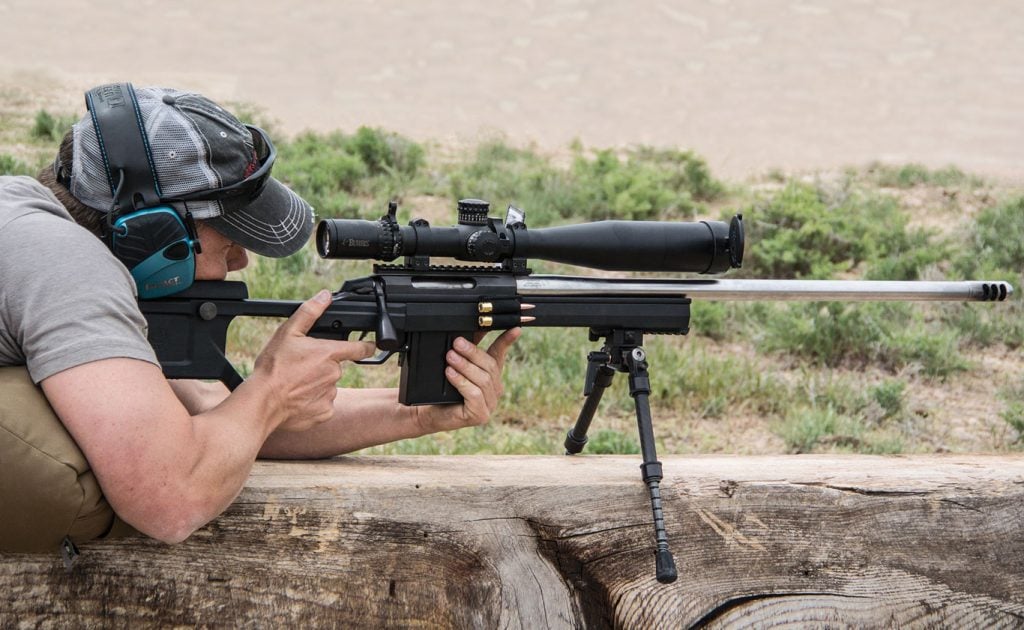
George and Tom put their heads together to discover a solution — 6mm GT.
What Exactly is 6mm GT?
There are a number of things that make the 6mm GT unique compared to other cartridges.
Shoulder Angle
George and Tom knew the shoulder angle of the casing was one of the first things they needed to change if they were going to have a cartridge that fed reliably every time.
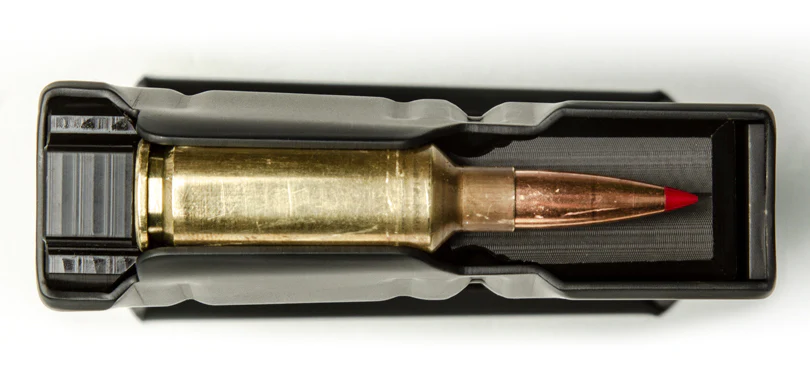
The 6BR had long been one of the most popular PRS cartridges, with the Dasher being the most well-known of the 6BR lineup. The Dasher has a 40-degree shoulder angle which contributed to its difficulties with feeding properly.
Many PRS shooters at the time were using 30-degree shoulder angles, and George’s search for answers led him to Fred Harp’s research which discussed how well a 32-degree shoulder worked.
Splitting the difference, George and Tom settled for a 35-degree shoulder angle.

Length
The length of the 6mm GT also helps it to feed better. Measured from the base to the shoulder junction, the 6mm GT is .100” longer than the Dasher, and the neck length of the 6mm GT is .050” longer.
All in all, this makes the 6mm GT brass .150” longer than the Dasher, further improving feed reliability.
Powder
The 6mm GT was principally designed to operate with Varget powder in mind. Varget is well known for its stability and accuracy, is pretty easy to find, and many shooters are familiar with it. These factors combined help make the 6mm GT an excellent cartridge for the home reloader and competitive shooter.
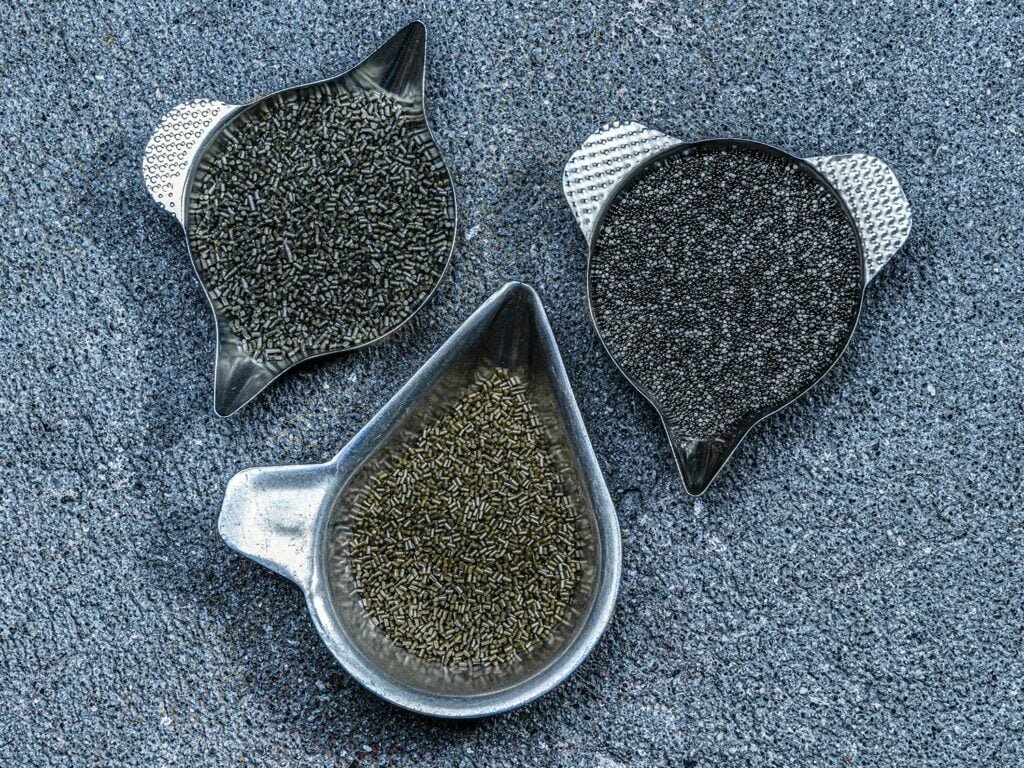
If you don’t like Varget or can’t find it, Hodgdon H4350 is another powder many use for the 6mm GT.
6mm GT vs. 6mm Creedmoor vs. 6BR?
Just how do these three cartridges compare with one another? Let’s take a closer look to see what the differences are.
Size
Size-wise, the 6mm GT is a happy medium between the longer 6mm Creedmoor and the shorter 6BR.
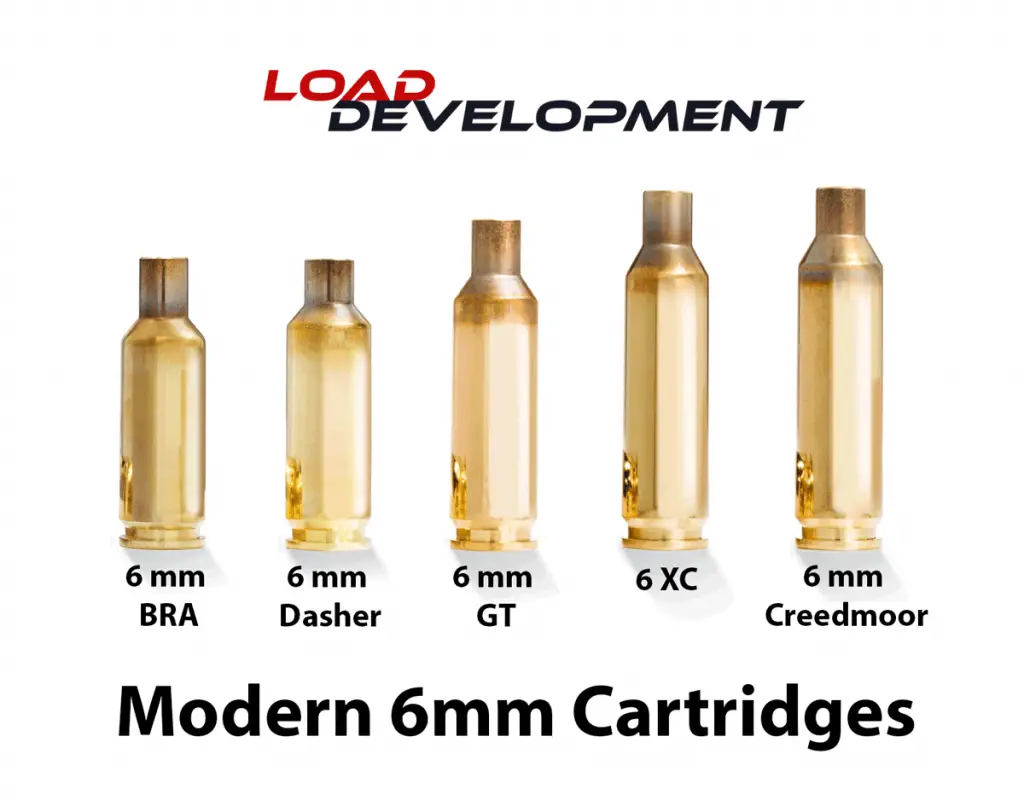
The 6mm Creedmoor can most certainly hold more powder, but the 6mm GT’s size seems to strike a balance between providing good feeding ability and lower powder requirements.
Ease of Access
If you enjoy reloading, you know that 6BR can be a pain in the booty. It’s hard to find brass, and the reloading components are expensive. In my experience, 6mm Creedmoor is easier to find brass and dies for – and it’s a great cartridge – but there are some distinct advantages the 6mm GT has over it.
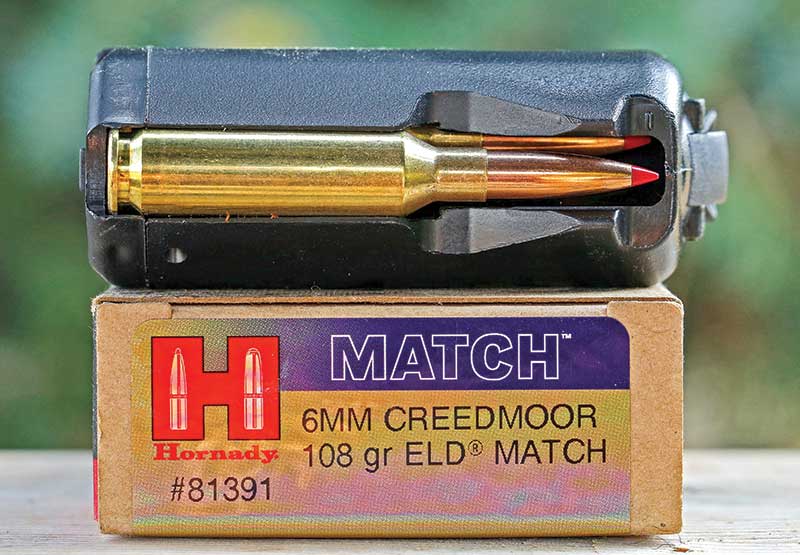
Talking brass, however, 6mm GT is readily available, and the casings can be reused much longer than some other cartridges. This is largely attributable to the smaller primer pocket present on 6mm GT brass.
In many cases, Gardner says he’s been able to get 20 reloads out of 6mm GT brass, meaning this is a very cost-effective way to spend time at the range.
Accuracy
Shooting with Varget certainly helps with this, but you also get tighter twists with 6mm GT to better help stabilize the bullet as it travels down range. This, in turn, leads to more accuracy.
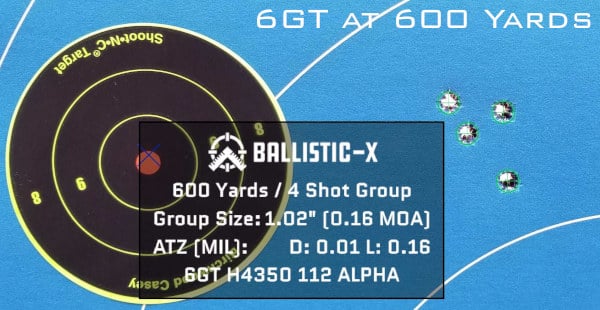
Reload Forgiveness
Reloading is most certainly a science, but the 6mm GT gives you more leeway than other cartridges. You can get great results with various reload combinations compared to some of the other PRS cartridges that require more strict loading criteria.
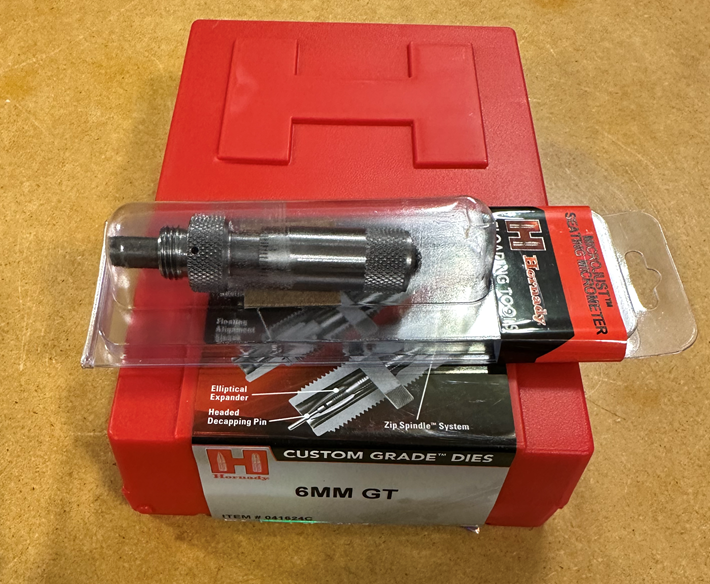
This is a huge boon in a world where powder, brass, and bullets are still in short supply.
Easy on the Barrel
You can get away with more barrel-friendly powders with the 6mm GT versus the 6mm Creedmoor. 6BR was well known for this, and the 6mm GT was able to capitalize on the same thing. It also uses less than the 6mm Creedmoor as well.
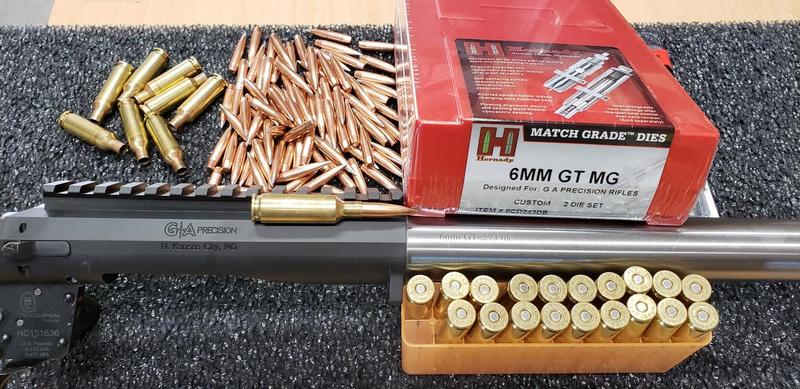
Not only does this save you money in the long run on powder, but it also extends the life of your barrel (saving even more money). Seems like a win-win to me!
Muzzle Velocity
It’s no secret that it’s easier to control the muzzle velocity with the 6BR than with the 6mm Creedmoor. You want as little deviation as possible between your rounds to ensure consistency.

Like the 6BR, 6GT also has a more consistent muzzle velocity, with shooters regularly getting 2850–2975 fps with 33-34.5 grains.
Why is 6mm GT so Popular with PRS?
Simply put, the 6mm GT takes the best qualities from the cartridges around it and leaves the bad behind.
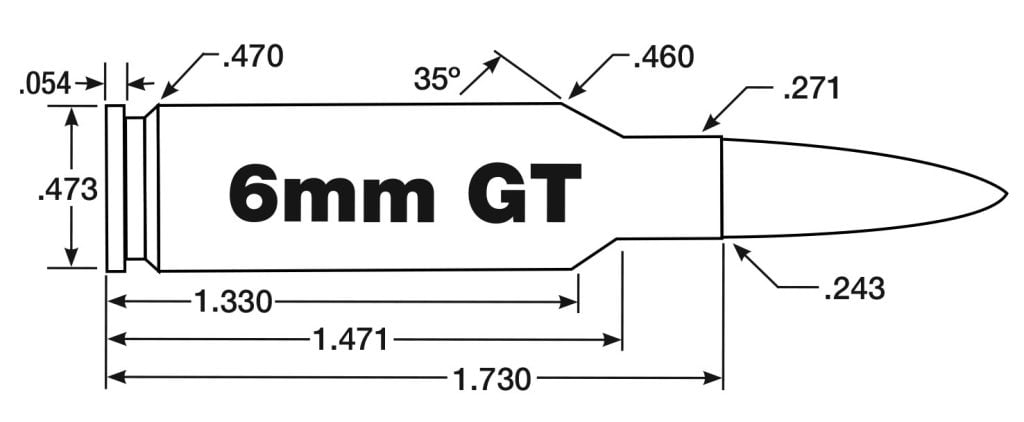
The result is a more predictable and barrel-friendly cartridge than the 6mm Creedmoor. It can utilize the accurate and forgiving powders of the 6BR, has fantastic accuracy, and due to its shoulder angle and case length, it doesn’t suffer from feeding issues.
When you’re pulling the best from the best, you’re bound to end up with a winner, and that’s exactly what George and Tom (the initials for GT) have done here.
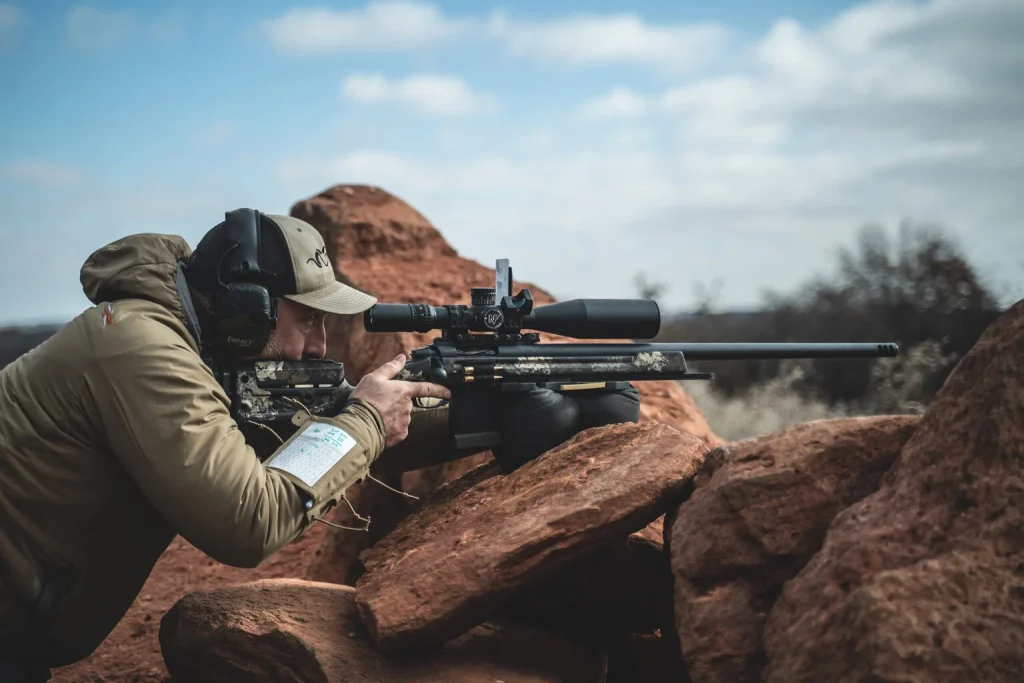
George and Tom actually shot the 6mm GT for an entire year at PRS events without telling anybody that was what they were using. Once the secret was revealed in 2019, it didn’t take long for other competitors to see the advantages.
While GA Precision only churns out so many guns per year – George has noted that the proportion of his sales that are chambered in 6mm GT has steadily risen over the past two years.
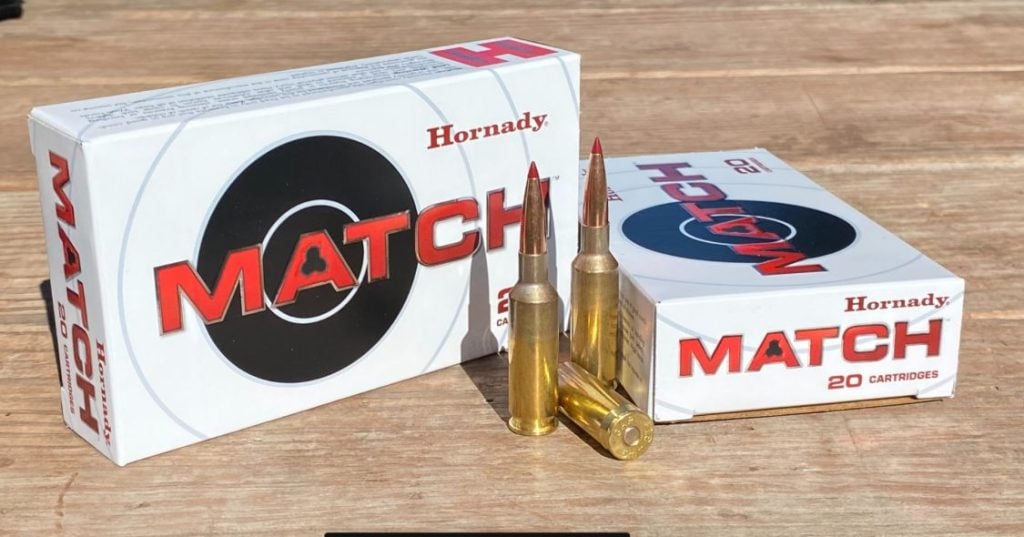
Even the US Army has been buying 6mm GT rifles from him for international shooting events rather than using their standard-issue sniper rifles.
Final Thoughts
George and Tom have built a legend here, and it’s not going anywhere (other than downrange) anytime soon.
If you’ve been involved in the world of PRS or are looking for an accurate rifle for long-range hunting, I highly recommend delving into the world of 6mm GT.
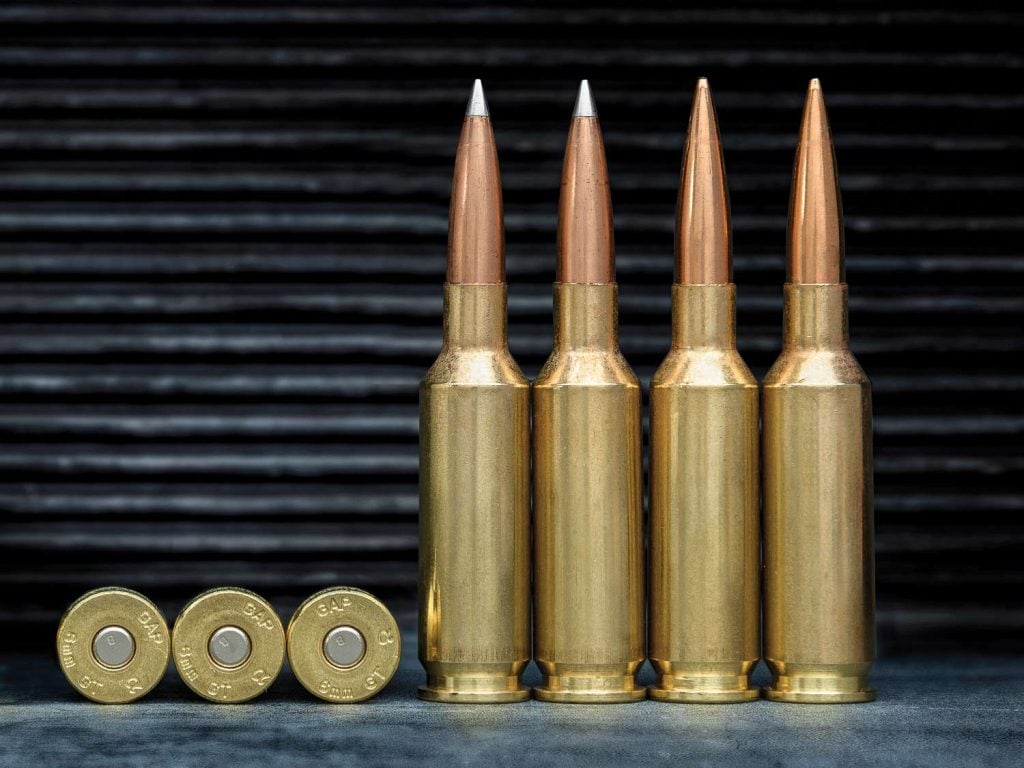
If you’re a competitive shooter and you don’t, you risk getting left behind.
What are your thoughts on the 6mm GT? Have you had the chance to shoot with it yet? Let us know in the comments below! You can also check out our hands-on article covering the 9 Best Long Range Rifle Scopes for 2023!








Leave a Reply